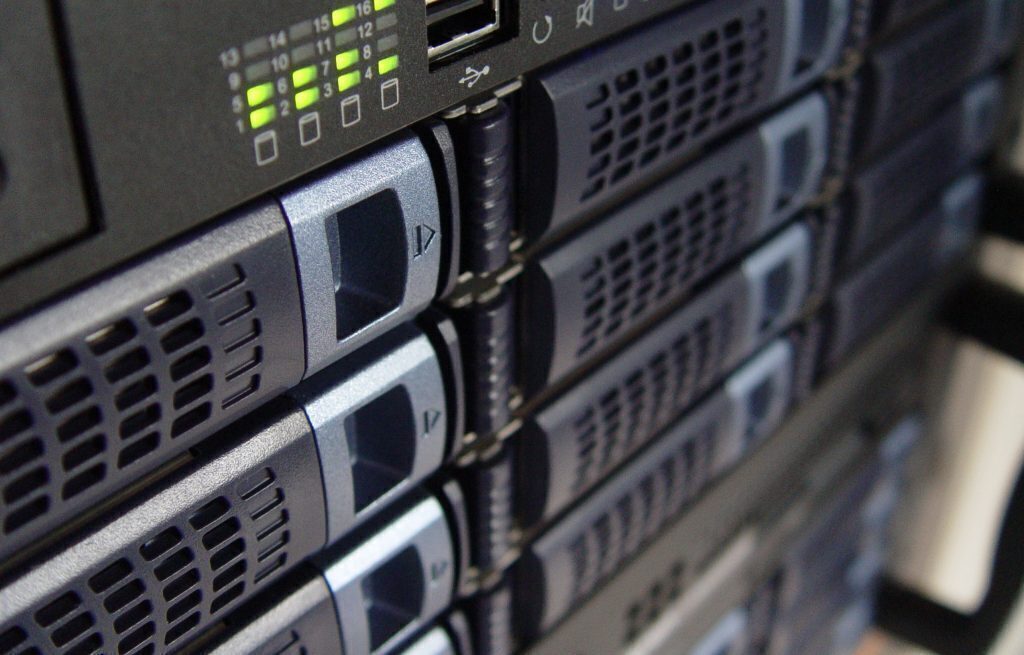When it comes to business backups for important data, there are many different ways companies can approach it.
One of the many options available is to use local storage. That is a storage solution like a NAS (Network Attached Storage) device or even just a simple external hard drive that’s connected to the business network.
The other popular option is the cloud, which is someone else’s storage devices hosted in a datacentre somewhere and accessed over the internet. This is known as STaaS, or “Storage as a Service” in IT circles.
But which is better? Lend us your eyes for a few minutes and let’s see if we can find an answer.
Local Storage
Probably the least professional (but certainly easiest) business backup method is just plugging an external hard drive into a server or router on your network and enabling sharing.
Once that’s done, your IT people can map that drive to network drives on everyone’s computer; this can be done automatically on startup using Windows’ Group Policy.
This way, all of the authorised users on your business network can copy data to and from that hard drive and set it as the backup destination for important business files.
A smart way to maximise the amount of storage that this makes available for backups is to connect a NAS to your network rather than a single external hard drive. NAS stands for Network Attached Storage and consists of a box that can accommodate multiple hard drives at once. It comes with built-in intelligence that lets you tell it what to do.
For a simple yet effective backup solution, grab yourself a NAS that can accommodate five drives like Synology’s DiskStation DS1522+, then add five 20TB IronWolf Seagate drives, and boom, you have 100TB of storage for backups. IronWolf drives are designed specifically for use in a NAS and are as reliable and resilient as hard drives get; they’re just a bit pricy at R14,200 each.
The downside of doing backups this way is that you need to pay for the hardware you’re using upfront, and 20TB IronWolf hard drives are not cheap. Neither is a five-bay NAS. Plus, your total backup capacity is fixed, and expanding it isn’t easy or cheap.
The upside of this method is your costs are once-off. Also, if you can build yourself a smaller-capacity NAS or you’re happy to buy a single external drive with enough space for your needs, your costs can be kept low.
Cloud Storage
The appeal of storage as a service is that you pay a subscription fee every month for access to storage that’s based in the cloud. You choose how much storage you want from providers like Google, Microsoft, and Amazon (there are others, see this feature for details), you give them your credit card information and every month that subscription fee comes off your account.
You don’t need to buy any hardware, you don’t need to look after it or provide support, you simply get what you need: storage space to use as you see fit.
Cloud storage can be set up as network drives on your business computers, and like local storage, set as the destination for everyone’s daily backups. All anyone needs to access it is an internet connection and their work computer.
The main benefit of cloud storage is that it’s far cheaper to get access to as there are no up-front costs, followed by the fact that it’s almost literally unlimited and you can increase it or decrease it as your needs change and your budget allows.
So, which is better?
Unfortunately, there’s no definitive answer, as everyone’s needs and circumstances are different. What we can say is that cloud storage is easier and cheaper than local storage, at least initially, while going local gives you greater control over that storage as it’s not hosted on someone else’s hardware.
Your investment in local storage could ultimately cost you less over time, too, since you pay for it once instead of monthly in perpetuity.
But if you absolutely must have an answer, let’s just say this:
Cloud storage for backups is easier, cheaper, and less technical to implement while buying a local storage device and attaching it to your network is more complex, more expensive, and more technical to pull off.
Both approaches work well. It’s up to each business to decide which option works best for them.



